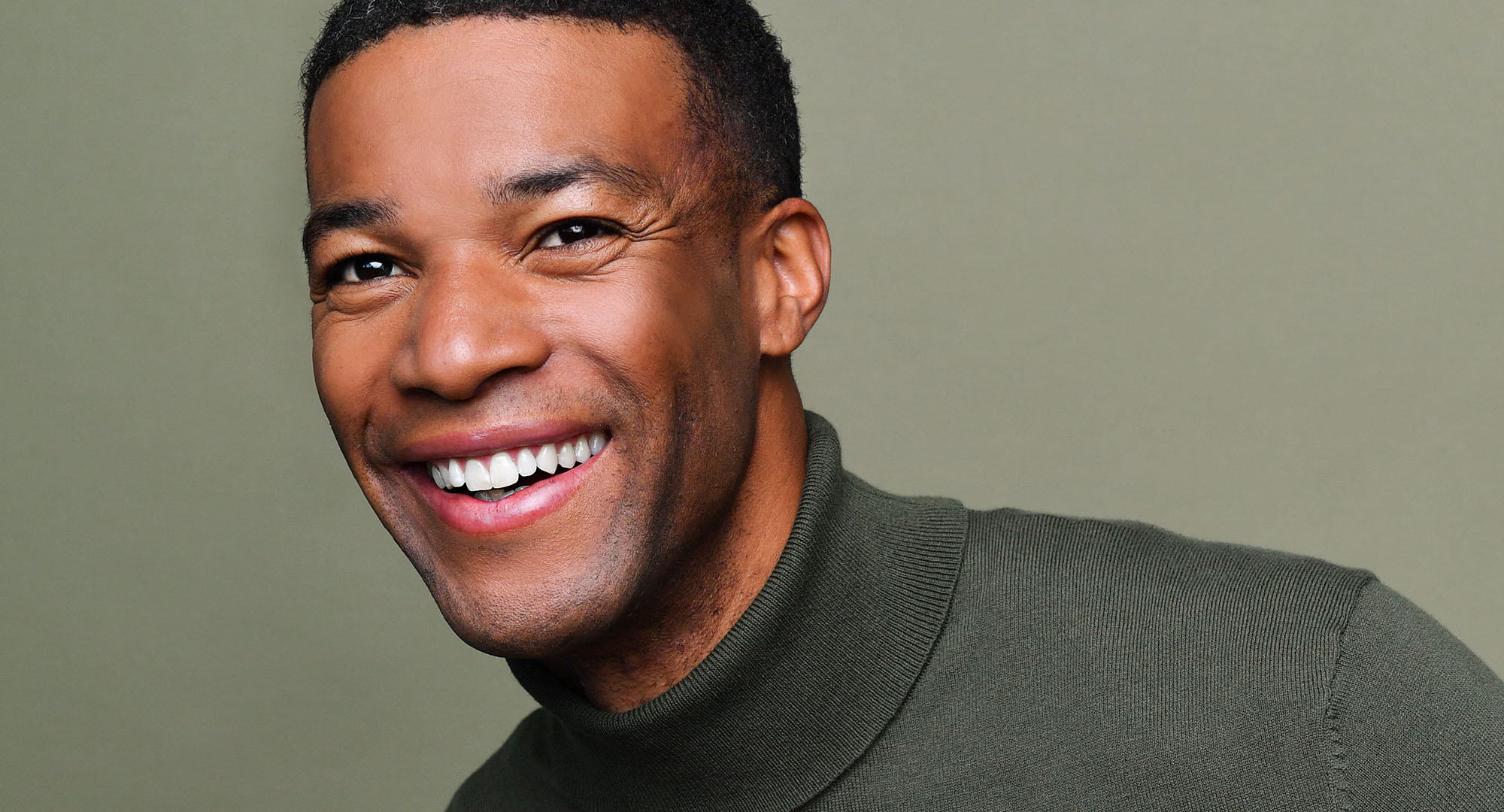Why Early Intervention Equals Better Dental Health and a Killer Smile!

When you look at your daughter’s mouth, you wonder if she will need orthodontic treatment when she gets older. Or perhaps your dentist says your son who is entering his preteen years needs braces. How do you evaluate the different types of orthodontic treatments available? Addressing children’s orthodontic needs early not only decreases the amount of work required as they age, but also has the added benefit of better overall dental health.
The goal of early treatment is to address the causes of orthodontic problems before they become issues. This helps prevent long-term problems, instead of just putting a temporary fix on them once they have occurred. For example, in a growing child, encouraging nasal breathing instead of mouth breathing and eliminating oral habits, such as a tongue thrust and thumb sucking, are factors that, if treated, may decrease future problems, such as the growth of narrow palates and a backward position of the lower jaw which encroaches on the air passage. Without correct oral posture, the face, teeth and jaws will not grow properly.
Three things to look at are:
The goal of expansion therapy is to widen the mouth’s palate to accommodate normal tongue posture. This will help to avoid the necessity of extracting adult teeth as much as possible by providing enough bone in the mouth to allow for the natural growth of permanent teeth. Jaw expansion also helps widen nasal passages to allow for better air flow and encourage the forward position of the lower jaw to balance the face. Develop the lower jaw forward. In most cases, when a child’s upper teeth stick out, the problem is not that the upper jaw is too forward, but that the lower jaw is too far back. Many conventional orthodontists treat against nature by extracting permanent teeth and using headgear or surgery to push back the upper teeth and jaws. Holistic orthodontics focuses on natural growth guidance by using appliances that encourage the lower jaw to grow forward. In doing so, this has been shown to increase the airway size and result in a balanced face shape.
Straight teeth are easier to clean and help gums “fit” more tightly around them, thereby reducing gum disease, which may lead to periodontal infection. If untreated, improperly aligned teeth may increase the risk for coronary heart disease and stroke, complications from diabetes, adverse pregnancy outcomes and respiratory disease. Crooked teeth are also more likely to develop decay and are prone to chip, break and wear easily. They may also act as stressors on the jaws and joints.
These are the principles that will work to integrate a beautiful smile with a better functioning mouth.
Sara Ghassemi, D.M.D., is a dentist with Boston Dental. She specializes in orthodontics with an emphasis on early treatment for children, as well as Invisalign for teens and adults. A graduate of Boston University School of Dental Medicine, she received her certificate of advanced graduate study in orthodontics and dentofacial orthopedics from Tufts University School of Dental Medicine.
